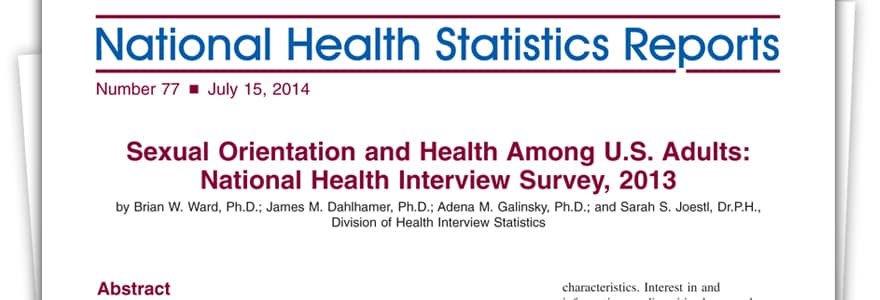This is the problem:make whole paper correct. I am attaching the rubric for week 2
The quality issue, I would like to do my project on, based on the QAPI tracker, is meeting the goal of making skilled nurse visits 3-6 days prior to death. The use of ESAS should be an indicator of decline so if this is done each visit, correctly, then visits can be increased prior to death.
This is week 2 of the project and I had to change the subject so week 1 will have to be redone to
Complete a review of current nursing evidence for your practice problem. To develop a plan for your quality improvement project you will need to find out what interventions have been successful when applied to your practice problem. The evidence-based process is a problem solving approach where you will assess research, clinical guidelines, expert opinions, and other relevant information and incorporate the results into your quality improvement project. Search for a minimum of five evidence-based sources related to your practice problem. You must include two-three research studies in your review. Synthesize in your own words the evidence that supports your identified practice problem. For example, if your practice problem is reducing patient falls, you will summarize what the evidence you have found has to say about falls and how researchers have identified interventions that promote a decrease in the number of patient falls. In this example, the evidence will likely show that hourly rounding, non skid slippers, a fall risk assessment and low beds are all interventions that the research has shown to improve patient outcomes related to falls in a healthcare setting.
Submission and Grading Information
To prepare for this Assignment:
- Review the Capstone Paper Assignment Guide
- Locate the most current version of your Week 1 Assignment. You will add this section to that document.
- Review the Academic Writing Expectations Checklist Capstone Level
- Note the new expectations for Use of evidence and Credit to Source
- Use a Scholarly Voice
- Review the Walden University Writing Center webpage: Using Evidence: Synthesis
- Review the Week 3 Assignment Rubric
Remember: Each section of the Capstone Paper must meet the Academic Writing Expectations for the Capstone Level.
For this Assignment, write 4-5 paragraphs that address the following:
Analysis of Existing Evidence
Summarize the findings from at least five evidence-based sources that support your practice problem. The goal of the analysis of existing evidence is to find the best evidence possible that support a change in practice. Identify research, clinical guidelines, expert opinions, and other relevant information and incorporate the results into your quality improvement project. You must include two-three research studies in your analysis. Using your own words synthesize the evidence that supports your identified practice problem. There should be no quotes or personal opinions included in this section.
